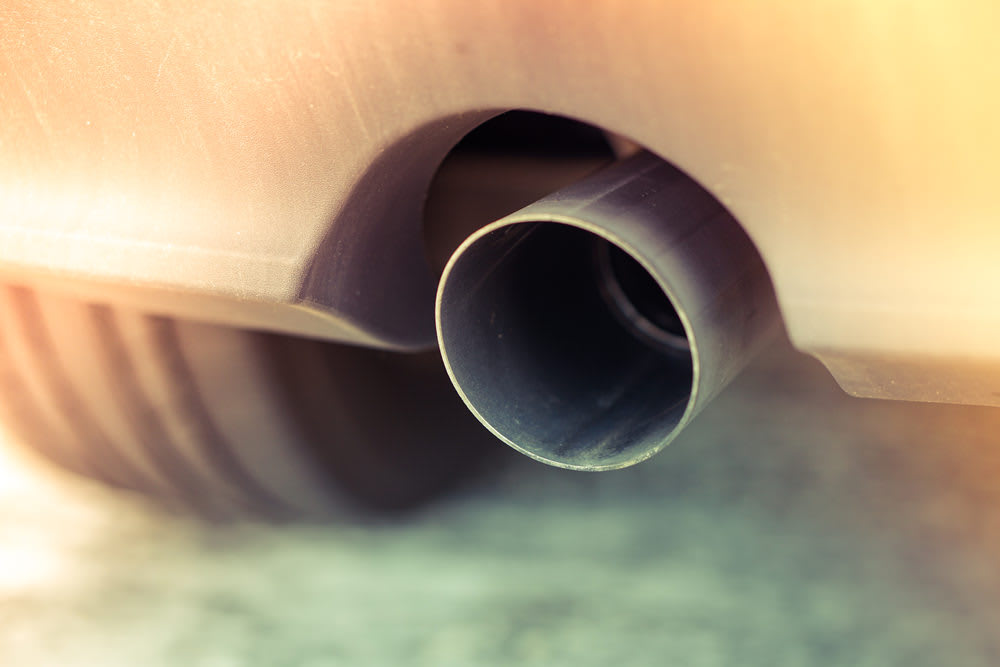

There’s a common misconception among drivers of gasoline engine cars that diesel engines are “dirty,” and that black smoke is emitted from all of them. That’s actually not the case. Take a look at any well-maintained diesel car, and you won’t notice any black smoke from the tailpipe. It’s actually a symptom of poor maintenance and failing components, not a symptom of burning diesel on its own.
What is the smoke?
Black smoke from a diesel engine is actually unburned diesel. If the engine and other components were properly maintained, that material would actually be burned in the engine. So, you can immediately tell that any diesel engine spewing black smoke is not getting the fuel mileage it should.
What causes it?
The primary cause of black smoke from a diesel is an incorrect air to fuel ratio. Either there is too much fuel being injected into the engine, or there is too little air. Either way, the result is the same. Notably, some drivers actually pay to have their vehicles modified to do this. It’s called “rolling coal,” and you’ll see it primarily with diesel pickup trucks (it’s costly and wasteful, as well).
Another cause of this problem is poor injector maintenance, but there are several others, as well. These include the following:
- Blocked or clogged air filter or air intake
- Contaminated fuel (grit or wax for instance)
- Worn camshafts
- Incorrect tappet adjustment
- Incorrect backpressure in the vehicle’s exhaust
- Dirty/clogged fuel filter
- Damaged fuel pump
Finally, you may notice black smoke from a diesel engine because the driver is “lugging” it. Essentially, this refers to staying in a high gear for too long. You’ll notice this most with big rigs on the interstate, but you can also see it with other diesel engines to an extent.



